At Remix by Via, we believe quality and reliable public transportation is essential to a greener future, and technology plays a key role in facilitating transit adoption. This is where tech-enabled transit planning tools come in — by designing powerful and easy-to-use tools, we help cities around the world efficiently plan, operate and improve public transportation services that make our communities more sustainable.
Here's how we view our design process and tackle complex transit planning software by taking a planner-first and system-minded approach.
Designing for all shapes and sizes.
Just as transportation needs are unique from city to city, so are the design challenges we face. Our tools must be flexible to support a wide range of complex workflows, while also being delightful and easy-to-use. To achieve this, our designers deeply understand the different transit planning processes and consider the downstream effects of various paths taken. Designing for the public sector pushes us to accommodate a diverse set of customers and transit networks. For example, planners working primarily on routes in rural Ireland tend to use Remix at a much lower zoom level than metropolitan areas, while the planners in cities like Boston are working with denser stops and road networks. When we are designing experiences, it’s important to think through the impact on different zoom levels and network density. Testing solutions with a range of users and network sizes is essential in ensuring our designs will be successful for as many customers as possible.
Left: A Remix map from Boston, USA; Right: A Remix map from Clare, Ireland
Staying close to our customers.
It’s no secret that to design effective solutions, we need to start by empathizing with our users and understanding their unique challenges. On our EPD (engineering, product, design) team, we operate under the ethos that transit professionals are the experts in what they do. You can often find us in the field with customers understanding how they plan driver shifts, or on user research calls drilling down the details of a complex timetable. This helps us understand the complex and dynamic context planners work within. By grounding our design and product decisions in the real world, we can create solutions that are effective and practical for our customers.
Remix team members visiting the High Valley Transit agency in Summit County. Left: Leading a workshop with planners, schedulers, and dispatchers to understand potential improvements of workflows; Right: Joining the bus pull-out at the depot at the break of dawn
Inviting cross-functional partners into our process.
A crucial part of the design process is to drive alignment — synthesizing multiple perspectives throughout projects. To achieve this, we involve our partners early in the process. Aside from showing design sketches to get feedback from engineers, product managers, and customer representatives, designers at Remix lead various workshops and brainstorms with our cross-functional partners to activate the entire team’s creativity and bring in more perspectives.
By involving non-designers, we demystify the design process. This nurtures a collaborative and healthy design culture, one in which everyone understands how to critique designs and give good feedback.
Snippets of collaboration sessions and rituals
At the end of the day, it is truly rewarding to see Remix users' plans carried out in real life. You can find Remix maps at public consultation sites where planners are gathering feedback, or at bus stops where riders are informed of a detour. Transportation shapes every aspect of our lives, and we are proud to play a part in empowering municipalities to build a more sustainable and equitable future.
“Remix in the wild” - From left to right: Remix map used in a tweet by WMATA to inform riders of detours; Remix map printed and posted at a bus stop at Kraków, Poland; Remix map printed on poster board for public consultation in Philadelphia; Remix map on a local newspaper in Münster, Germany to visualize 3 route changes.
Qiqi Xu is a Senior Product Designer on the Remix team at Via. She loves distilling user research insights and dreaming of a car-free future.
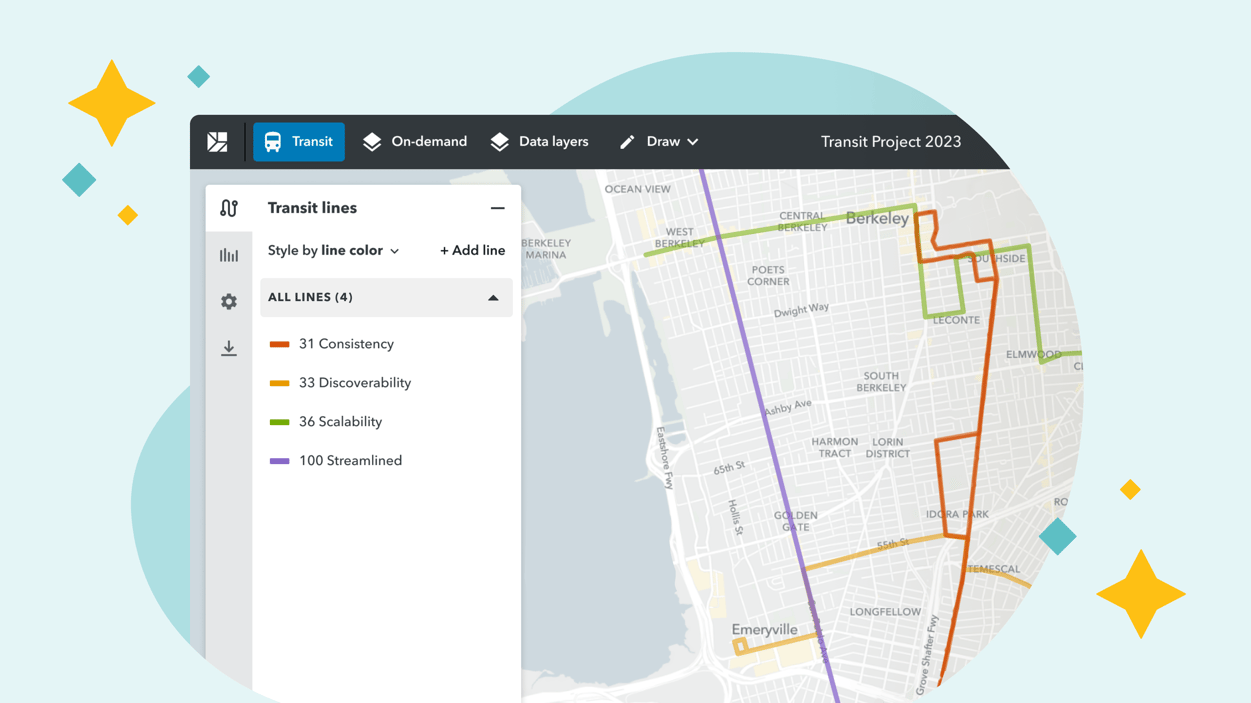
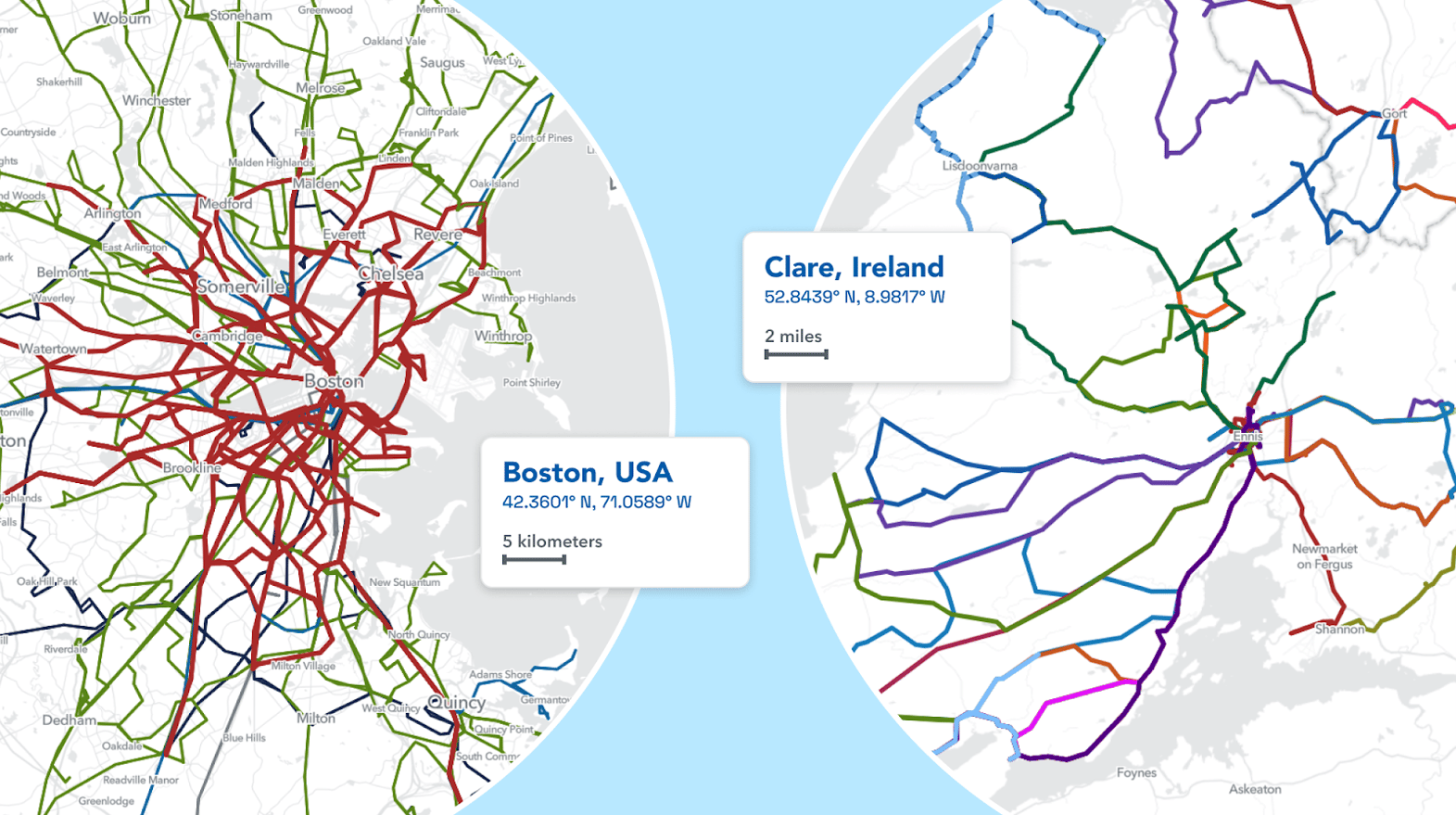
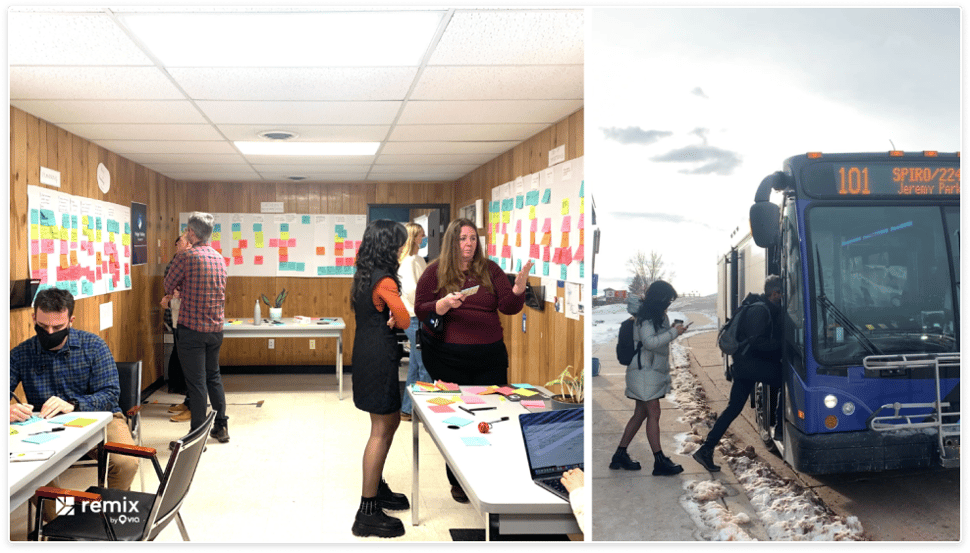
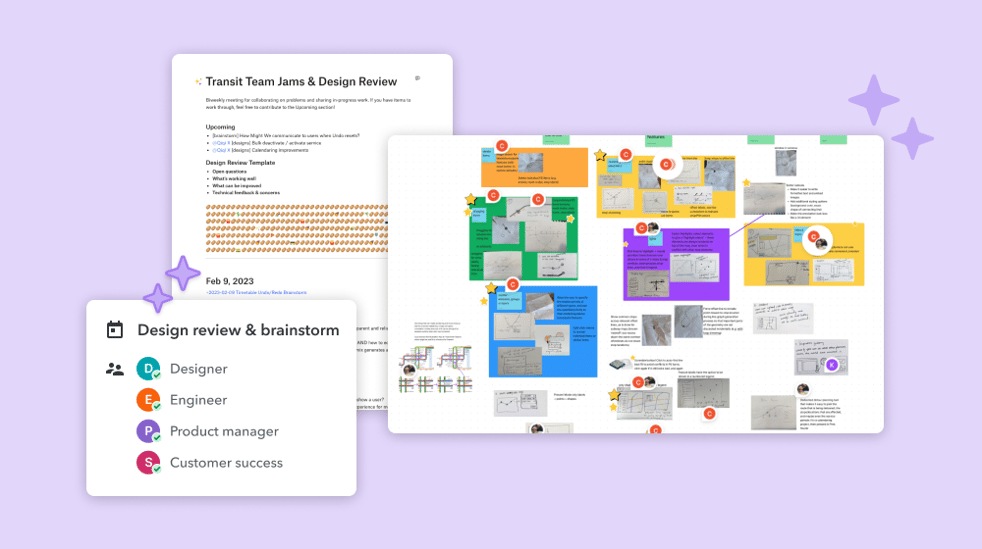
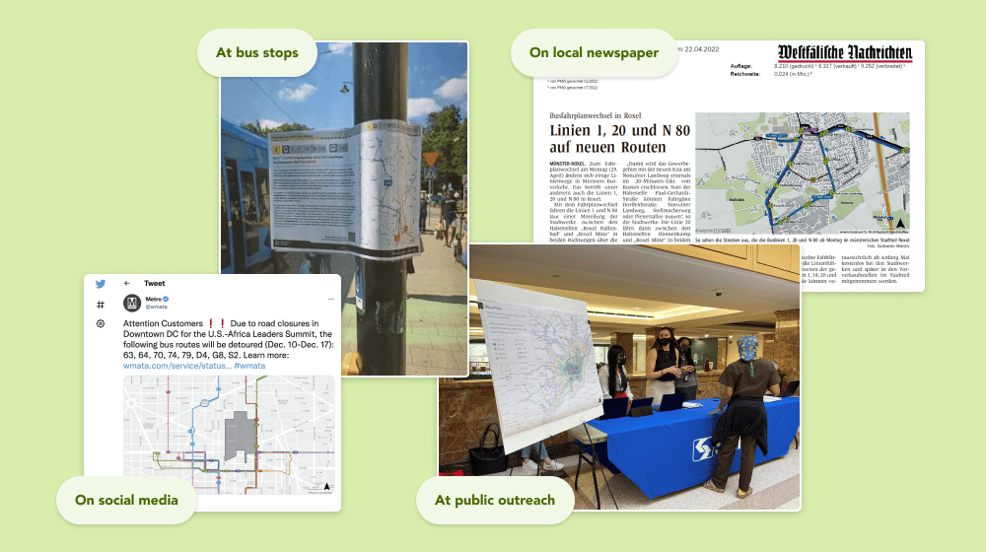



%206.png?width=71&height=47&name=The%20Buzz%20Blog%20Hero%20(1750%20x%201200%20px)%206.png)